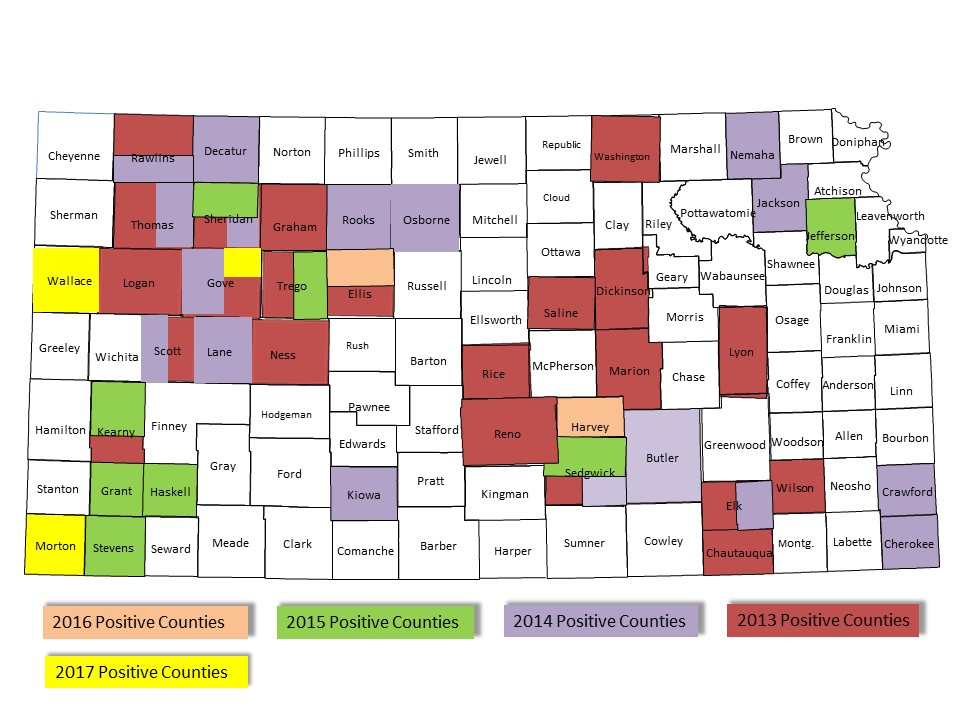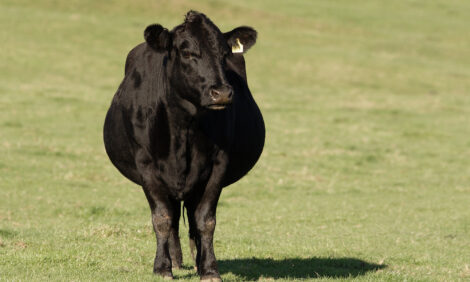



Trichomoniasis Outbreak Hits Beef Cattle Herds in Kansas
The Kansas State Veterinary Diagnostic Laboratory recently reported an outbreak of Trichomoniasis (Trich) in beef cattle herds with five new cases reported in three counties – leading the state lab to recommend diagnostic testing to help keep the disease at bay.“Over the last six weeks, five herds across three counties in Kansas have been reported positive for Trichomoniasis, a highly contagious, sexually transmitted disease caused by Tritrichomonas foetus (T. foetus),” said Gregg Hanzlicek, DVM, Ph.D., at Kansas State Veterinary Diagnostic Laboratory. “This is compared to one herd diagnosed in 2016, but this is fairly typical. Just when you think you have Trich contained, it’ll flare up.”

The Kansas herds were found Trich-positive for several reasons. One had a high open rate (non-pregnant) of cows, indicating they had a reproductive issue. Diagnostic testing on the bulls confirmed they had Trich. The second affected herd was a result of cows purchased with pre-existing infection and later failed to become pregnant after more than 120 days or spontaneously aborted their calves. Testing confirmed they had Trich.
“We believe the three Trich cases in one county were caused by a positive bull that co-mingled with several herds through grazing association,” Hanzlicek said. “Producers need to use caution when purchasing new bulls or cows. Since Trich-positive animals show no symptoms, routine testing should be conducted on all bulls more than 18 months old.”
Bulls are the carriers of T. foetus. Cows become infected when they are naturally bred with an infected bull. The primary symptom in cows is infertility caused by embryonic death, which contributes to repeat breeding and scenarios where cows are in heat when they should be pregnant.
 Recent wildfires should also cause concern for the spread of Trich, Hanzlicek said. More than 1 million acres have been scorched along with thousands of miles of fencing, increasing the likelihood of co-mingling among grazing herds in Kansas, Oklahoma and the Texas Panhandle. This underscores the need to test every bull before moving them into a co-mingled environment, Hanzlicek said. Samples are taken by a certified veterinarian non-invasively before they are sent to a diagnostic laboratory.
Recent wildfires should also cause concern for the spread of Trich, Hanzlicek said. More than 1 million acres have been scorched along with thousands of miles of fencing, increasing the likelihood of co-mingling among grazing herds in Kansas, Oklahoma and the Texas Panhandle. This underscores the need to test every bull before moving them into a co-mingled environment, Hanzlicek said. Samples are taken by a certified veterinarian non-invasively before they are sent to a diagnostic laboratory.
“Once the sample arrives at the lab, we run a USDA-licensed PCR test on it, which is extremely sensitive and specific,” said Hanzlicek. “There can be significant economic consequences for herds with a positive bull, but we are very confident in Thermo Fisher Scientific’s PCR. It’s the best test available. I recommend every bull go through a breeding soundness examination once a year before they're put into pasture with cows and heifers. It’s the perfect time to collect the Trich sample so producers don’t need to run the bull through the chute twice.
“Diagnostics are the key. The herds that were just diagnosed could have had any number of different reproductive diseases,” he said. “Without a PCR test, we wouldn't have any way to identify the disease or the carriers in a herd.”
For more information about the Applied Biosystems line of diagnostics products, please visit www.thermofisher.com/animalhealth.




